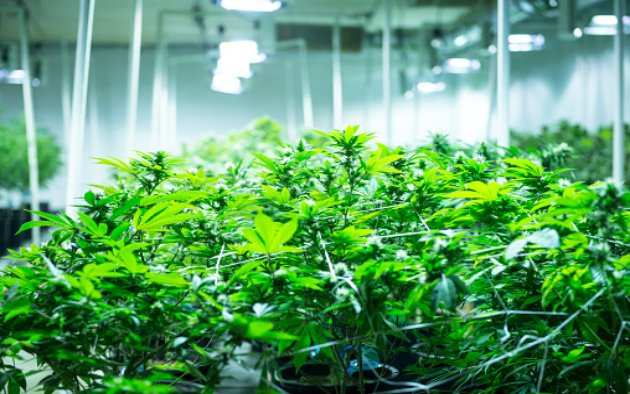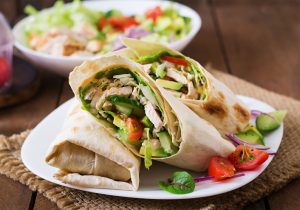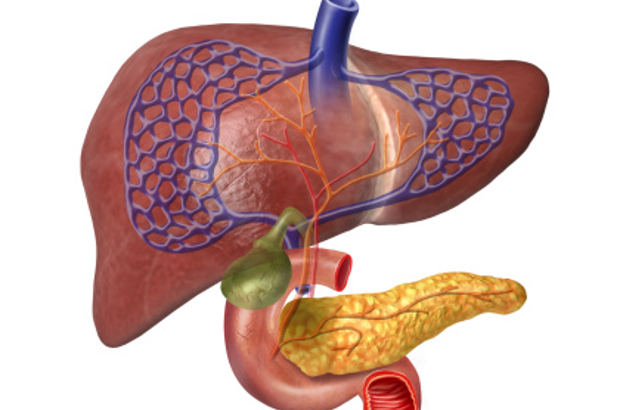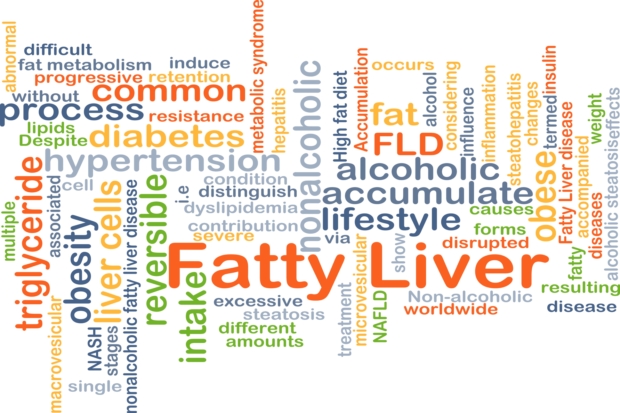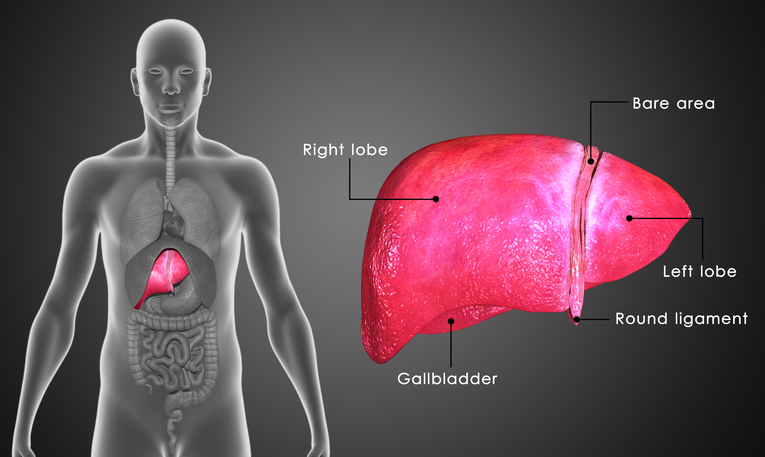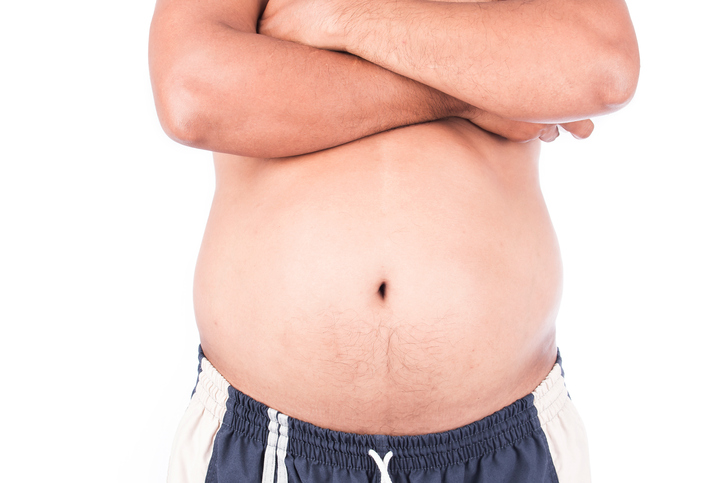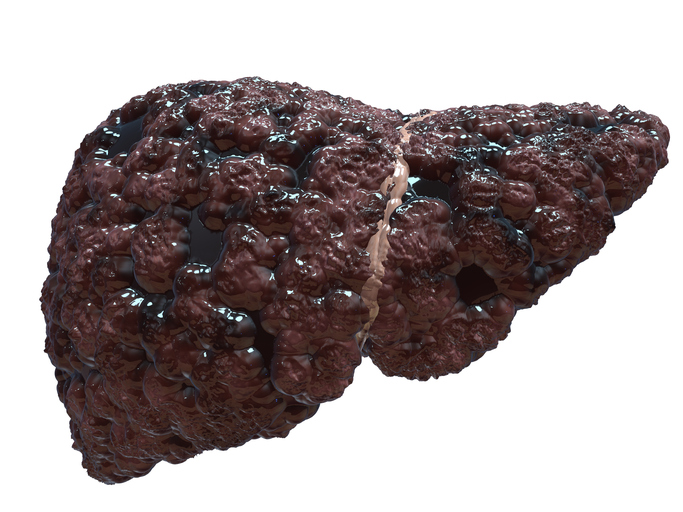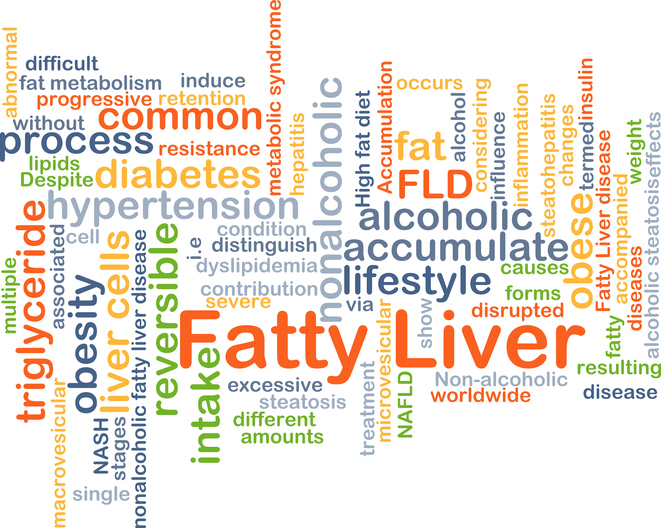Can an illegal drug help your liver?
Cases of fatty liver disease are on the rise as people’s waistlines continue to grow. As fat permeates the liver, the organ becomes unable to function properly. Over time, fatty liver disease can worsen into fibrosis or, ultimately, liver cancer or cirrhosis. Non-alcoholic fatty liver disease (NAFLD) affects nearly one in three Americans. NAFLD can ...click here to read more

